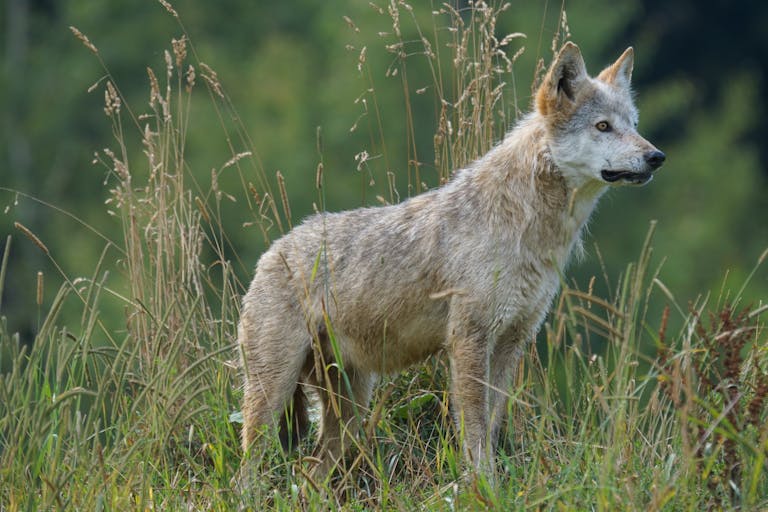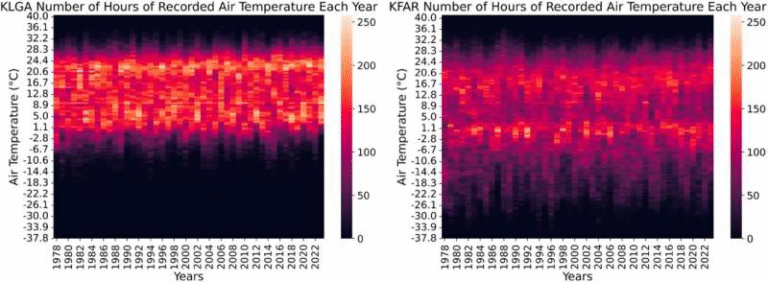Cosmic Dust Helps Reconstruct 30,000 Years of Arctic Sea Ice History

Researchers have uncovered a surprisingly effective way to look back into the Arctic’s icy past: using cosmic dust that falls to Earth from space. A new study led by the University of Washington shows that tiny extraterrestrial particles trapped in Arctic seafloor sediments can reveal how sea ice has shifted over the last 30,000 years, long before satellite monitoring began in 1979. The study adds rich detail to our understanding of how the Arctic has changed—and what those changes could mean for the planet’s future.
How Cosmic Dust Becomes a Climate Time Machine
Earth is constantly showered with fine-grained dust that drifts through space after stars explode or comets collide. As this dust travels near the sun, it absorbs a rare form of helium known as helium-3, which makes it easy for scientists to distinguish from regular Earth sediment.
This cosmic dust falls onto the ocean at a pretty steady rate. But here’s the key: sea ice blocks it. When the ocean is covered in thick or year-round ice, the dust can’t reach the seafloor. When there’s open water, the dust settles and becomes part of the sediment.
By measuring how much helium-3 shows up in sediment cores drilled from the Arctic seabed, scientists can determine whether the ocean surface was iced over or open at the time the sediment formed.
The researchers behind this new work were especially interested in places where cosmic dust was missing, because that absence signals periods of strong, persistent ice coverage.
The Three Sediment Core Sites
To piece together the long-term record, the team analyzed sediment cores from three locations that currently span a range of modern ice conditions:
- Near the North Pole – an area that is still covered by ice all year.
- At the edge of the modern September ice minimum – where ice retreats the most each year.
- A site once permanently ice-bound in 1980 but now ice-free seasonally – showing how recent climate change has reshaped the Arctic.
By comparing the levels of cosmic dust across all three cores, the researchers reconstructed how ice coverage at each site changed over tens of thousands of years. This kind of multi-site approach also helped them separate local changes from patterns that affected the entire central Arctic.
What the Sediment Records Reveal
The findings paint a clear picture of how dramatically the Arctic has shifted:
- Around 20,000 years ago, during the last ice age, all three locations showed extremely low levels of cosmic dust. That means the region was likely covered by year-round, thick sea ice, even during summers.
- As Earth warmed after the glacial period, cosmic dust reappeared in sediment layers, indicating that sea ice began to thin and seasonal melting increased.
- By the early Holocene, the central Arctic experienced periods of seasonal open water, especially at sites that today are close to the modern summer ice edge.
- Later in the Holocene, the cores show a shift back toward increased ice cover, suggesting a natural rebound in sea ice after the early warming phase.
- Modern samples reflect the drastic decline in Arctic ice since the late 20th century, matching the well-known 42% drop in sea-ice coverage since 1979.
This reconstruction demonstrates that the Arctic has not had a stable ice regime. Instead, it has gone through major swings between year-round coverage and seasonal open water long before human-caused warming began.
Connecting Ice Decline to Nutrient Cycling
The study goes a step further by analyzing tiny, shelled microorganisms known as foraminifera. The chemical signatures in their shells reveal how much of the ocean’s available nutrients (especially nitrogen) they consumed when they were alive.
This provides a window into historic biological productivity—basically, how active the marine ecosystem was during periods of high or low ice.
The data show:
- Nutrient consumption was highest when sea ice was low, meaning phytoplankton and other surface organisms were actively using sunlight and nutrients in open-water conditions.
- As sea ice increased, nutrient uptake declined, likely due to reduced light and a more limited growing season.
However, the researchers note an interesting complication. Some scientists argue that melting ice doesn’t just increase light—it may dilute nutrients, lowering their concentration even if sunlight is abundant. Both hypotheses could fit the data, and more research is needed to understand how future ice loss will affect the Arctic food web.
Why These Findings Matter
The Arctic is warming faster than any other region on Earth, and sea ice decline is one of the clearest indicators of climate change. This study adds critical context by showing how sea ice behaved in past warming periods and how quickly it responded.
Some key implications include:
- The central Arctic’s ice history appears to track atmospheric warming more closely than changes in ocean circulation. This suggests that future warming of the atmosphere could have an even stronger influence on ice loss than previously thought.
- Understanding prehistoric ice coverage helps refine climate models, improving predictions about when the Arctic could experience its first ice-free summers—a milestone expected within the next few decades.
- The link between ice and nutrient cycling has major consequences for marine ecosystems, fisheries, and Arctic food webs.
- Long-term records help researchers anticipate geopolitical implications, such as emerging shipping routes and access to newly ice-free regions.
Additional Context: Why Helium-3 Is So Useful
Helium-3 is extremely rare on Earth but relatively abundant in interplanetary dust. Because it does not naturally occur at high levels in Earth’s crust or ocean sediments, any significant presence signals a cosmic origin. The steady rate of cosmic dust fall makes helium-3 an excellent baseline marker.
By comparing helium-3 to thorium-230, another isotope produced in seawater, scientists can estimate the balance between cosmic input and local sediment accumulation. This helps them correct for natural variations in sedimentation rates and isolate sea-ice effects.
Additional Context: How Sediment Cores Work
Sediment cores are essentially climate archives. Each layer corresponds to a different period, with deeper layers representing older material. By slicing a core into thin segments and analyzing each one, scientists can reconstruct detailed environmental conditions over thousands of years.
In the Arctic, the challenge is getting high-quality cores because thick ice makes it difficult to drill. The three cores in this study represent years of effort and are incredibly valuable records of the region’s environmental history.
Additional Context: What Happens When Arctic Ice Declines
Modern satellite data shows rapid thinning and shrinking of Arctic sea ice. As the ice recedes:
- Dark ocean water absorbs more solar energy, accelerating warming.
- Marine ecosystems experience shifts in phytoplankton blooms, nutrient availability, and predator-prey dynamics.
- The Arctic’s role in global climate patterns, including jet stream behavior, may change.
- Countries are preparing for increased shipping, resource extraction, and territorial activity in newly accessible waters.
Historical reconstructions like this one help scientists understand how unprecedented the current changes are—and what patterns might repeat, amplify, or behave unexpectedly in the near future.
Research Paper:
Cosmic dust reveals dynamic shifts in central Arctic sea-ice coverage over the past 30,000 years
https://www.science.org/doi/10.1126/science.adv5767





